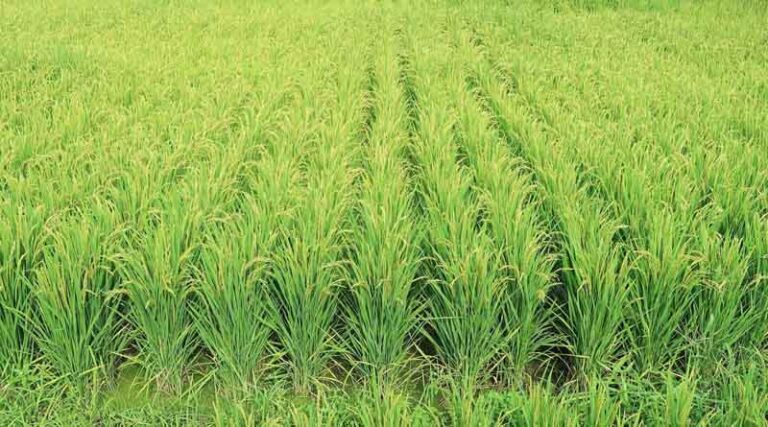ZERO BUDGET NATURAL FARMING
ZERO BUDGET NATURAL FARMING

WHAT
- Popularised by Subhash Palekar, is the most recent entry into this group
- A type of Organic farming
- Organic farming became an umbrella term that represented a variety of non-chemical and less-chemical oriented methods of farming
- Soil has all the nutrients plants need. To make these nutrients available to plants, we need the intermediation of microorganisms.
- For this, system recommends the “four wheels of ZBNF”: Bijamrit, Jivamrit, Mulching and Waaphasa.
- Bijamrit is the microbial coating of seeds with formulations of cow urine and cow dung.
- Jivamrit is the enhancement of soil microbes using an inoculum of cow dung, cow urine, and jaggery.
- Mulching is the covering of soil with crops or crop residues.
- Waaphasa is the building up of soil humus to increase soil aeration.
- ZBNF includes three methods of insect and pest management: Agniastra, Brahmastra and Neemastra (all different preparations using cow urine, cow dung, tobacco, fruits, green chilli, garlic and neem).
UNSUBSTANTIATED CLAIMS
ZBNF is hardly zero budget. Many ingredients of formulations have to be purchased. These apart, wages of hired labour, imputed value of family labour, imputed rent over owned land, costs of maintaining cows and paid-out costs on electricity and pump sets are all costs that ZBNF proponents conveniently ignore.
No independent studies to validate the claims that ZBNF plots have a higher yield than non-ZBNF plots. According to reliable sources, preliminary observations of these field trials have recorded a yield shortfall of about 30% in ZBNF plots when compared with non-ZBNF plots.
Mr. Palekar’s claims stand agricultural science on its head. Indian soils are poor in organic matter content. About 59% of soils are low in available nitrogen; about 49% are low in available phosphorus; and about 48% are low or medium in available potassium. Indian soils are also varyingly deficient in micronutrients, such as zinc, iron, manganese, copper, molybdenum and boron.
Micronutrient deficiencies are not just yield-limiting in themselves; they also disallow the full expression of other nutrients in the soil leading to an overall decline in fertility. In some regions, soils are saline. In other regions, soils are acidic due to nutrient deficiencies or aluminium, manganese and iron toxicities. In certain other regions, soils are toxic due to heavy metal pollution from industrial and municipal wastes or excessive application of fertilizers and pesticides.
On their part, agricultural scientists do identify the improper/imbalanced application of fertilizers, that too with no focus on micronutrients, as a matter of concern. Hence, they recommend location-specific solutions to nurture soil health and sustain increases in soil fertility. They suggest soil test-based balanced fertilisation and integrated nutrient management methods combining organic manures (i.e., farm yard manure, compost, crop residues, biofertilizers, green manure) with chemical fertilizers. But ZBNF practitioners appear to insist on one blanket solution for all the problems of Indian soils
According to ZBNF, 98.5% of the nutrients that plants need is obtained from air, water and sunlight; only 1.5% is from the soil. All nutrients are present in adequate quantities in all types of soils. However, they are not in a usable form.
The Jivamrit prescription is essentially the application of 10 kg of cow dung and 10 litres of cow urine per acre per month. For a five-month season, this means 50 kg of cow dung and 50 litres of cow urine. Given nitrogen content of 0.5% in cow dung and 1% in cow urine, this translates to just about 750 g of nitrogen per acre per season. This is totally inadequate considering the nitrogen requirements of Indian soils.
SCIENTIFIC APPROACH NEEDED
- Undoubtedly, improvement of soil health should be a priority agenda in India’s agricultural policy. We need steps to check wind and water erosion of soils.
- Innovative technologies to minimise physical degradation of soils due to waterlogging, flooding and crusting.
- Improve the fertility of saline, acidic, alkaline and toxic soils by reclaiming them. We need location-specific interventions towards balanced fertilisation and integrated nutrient management.
- Should be open to increasing their use in other locations.
- A comprehensive approach requires a strong embrace of scientific temper and a firm rejection of anti-science postures.

